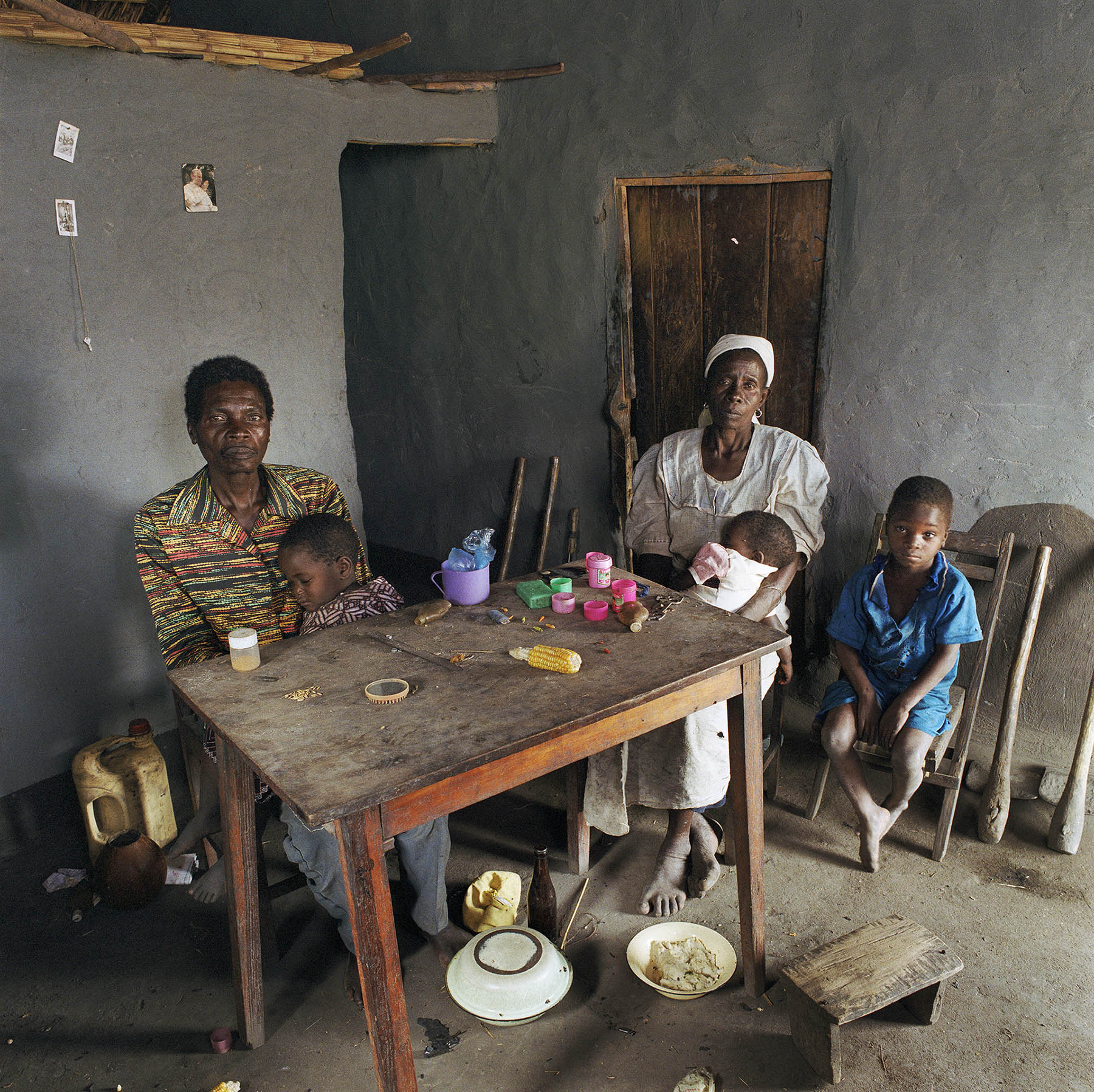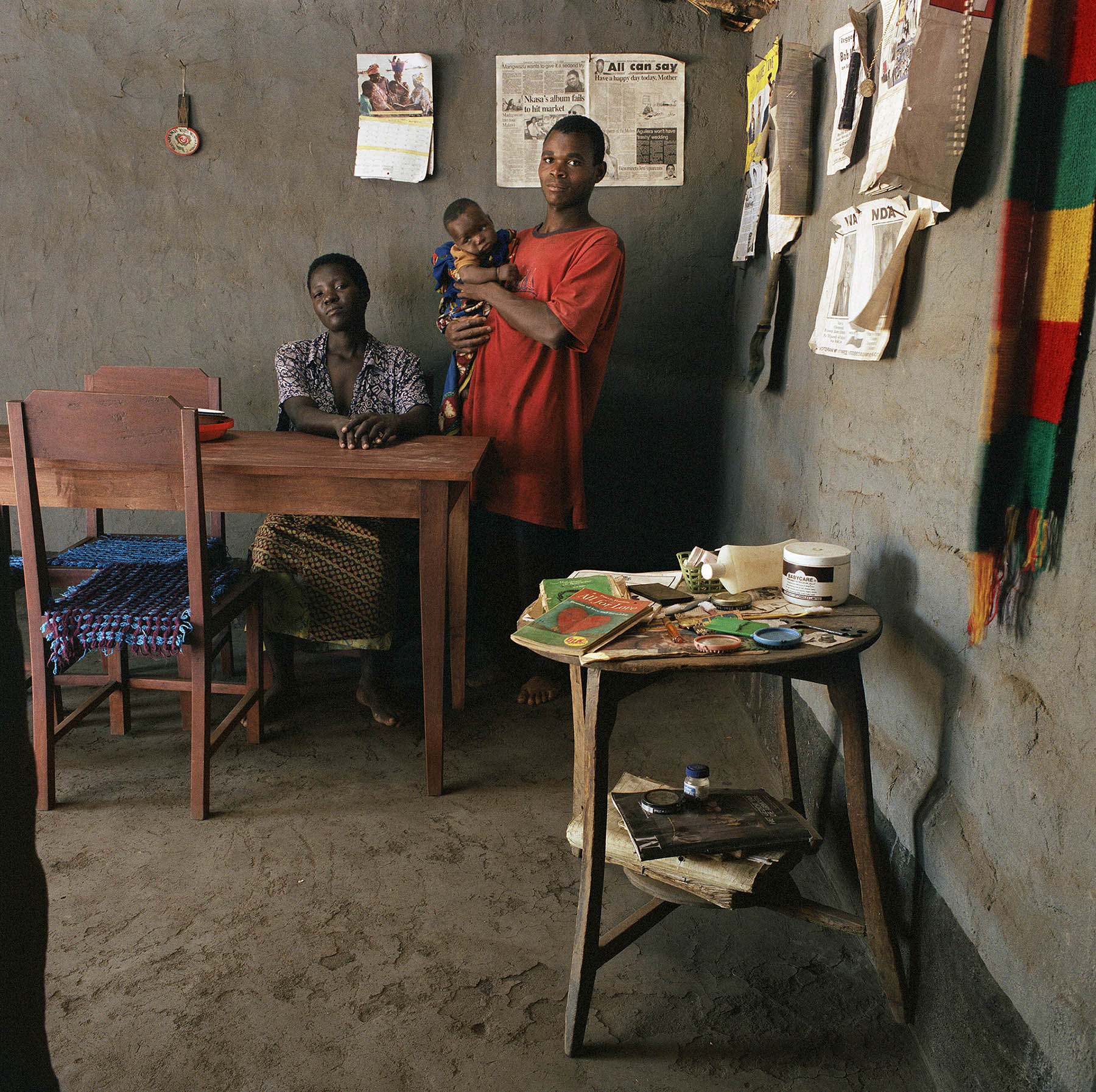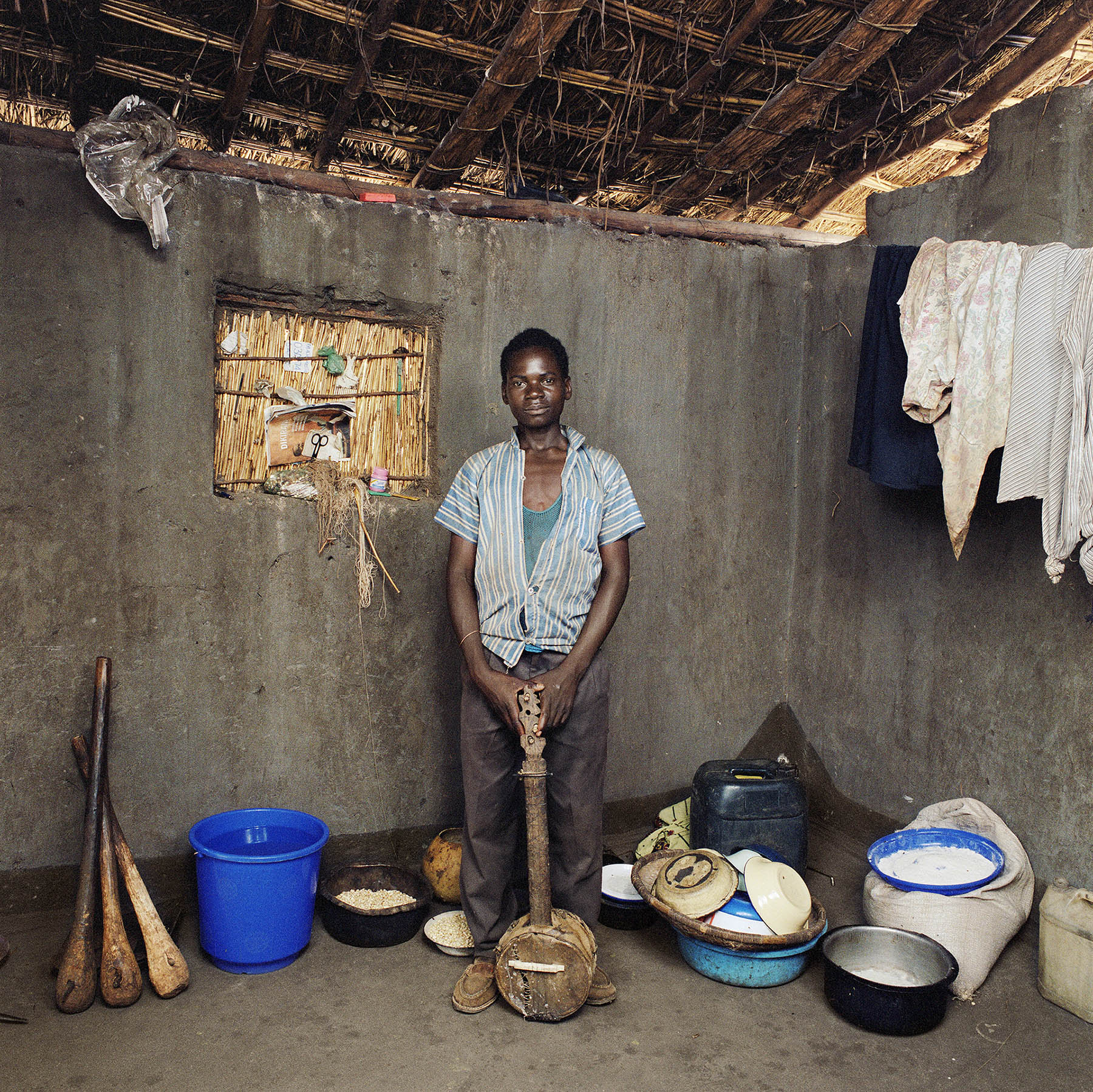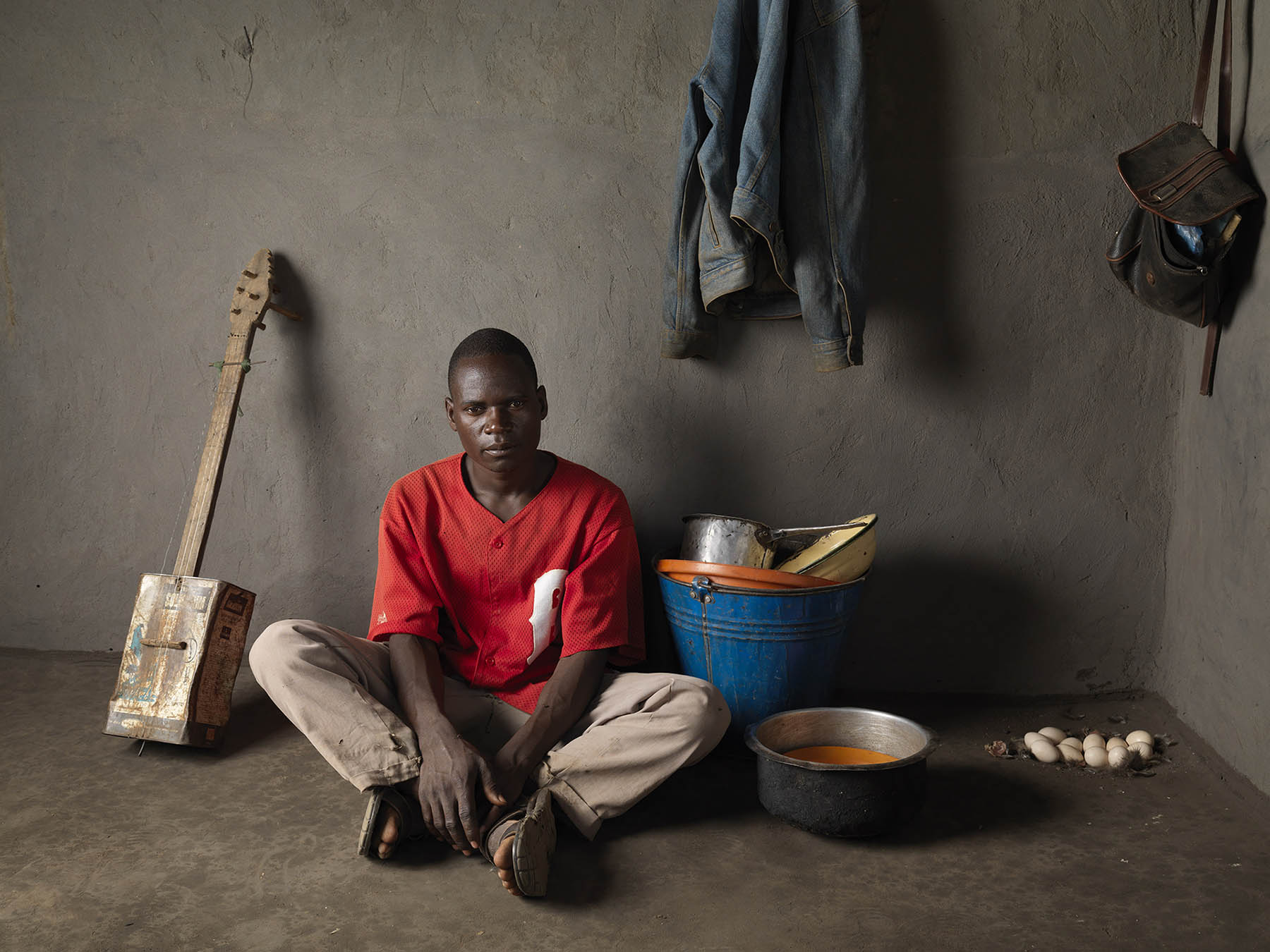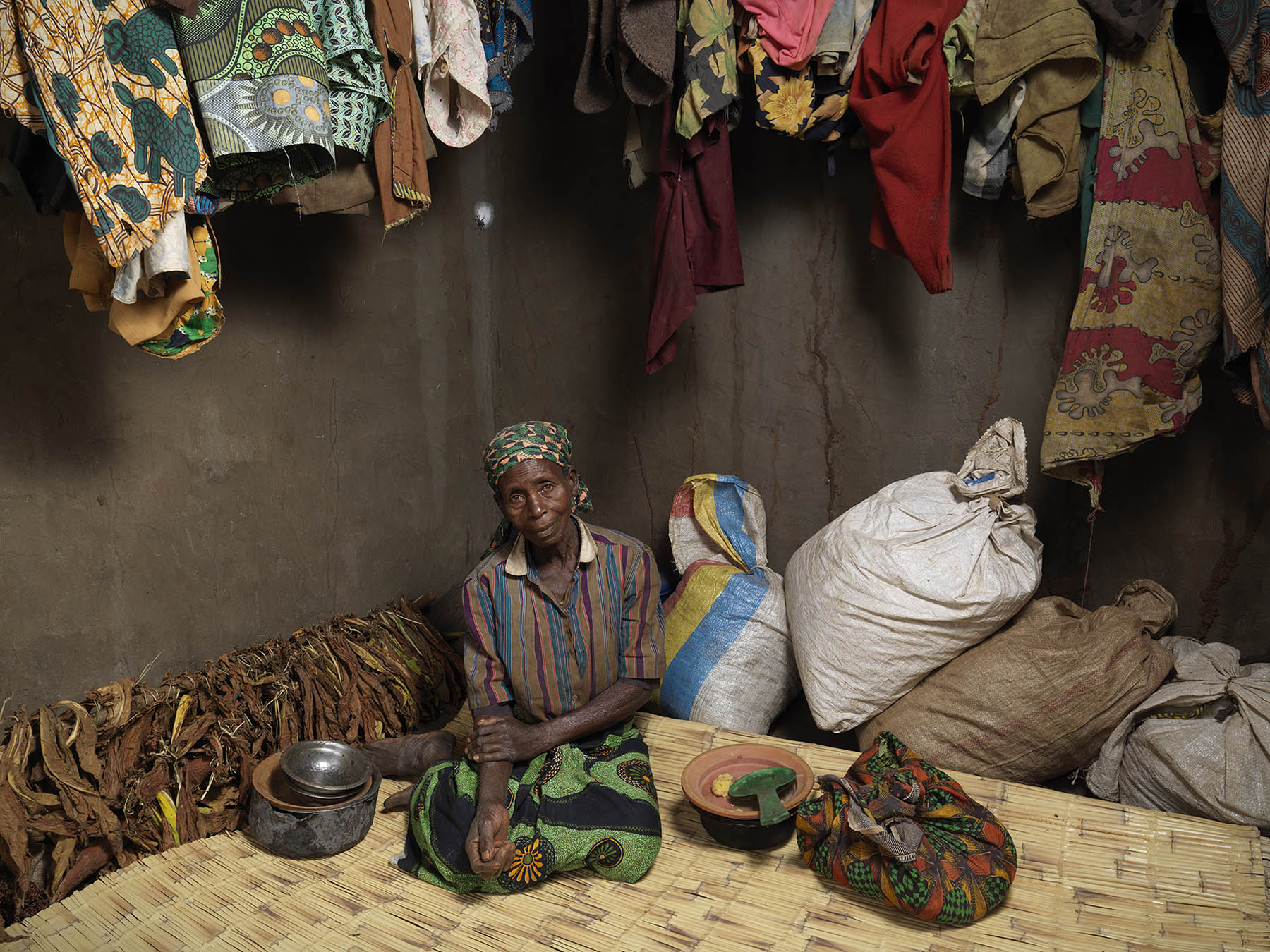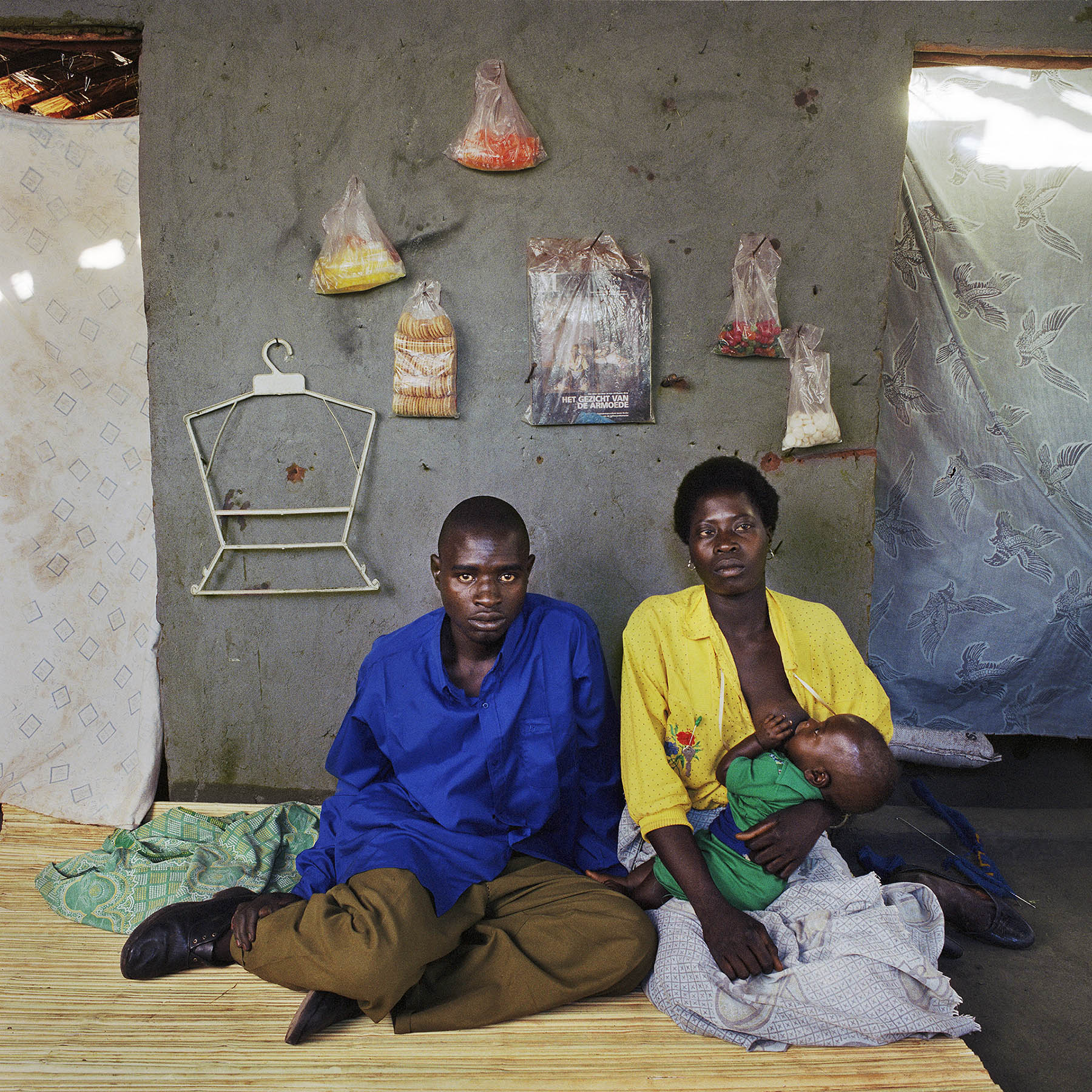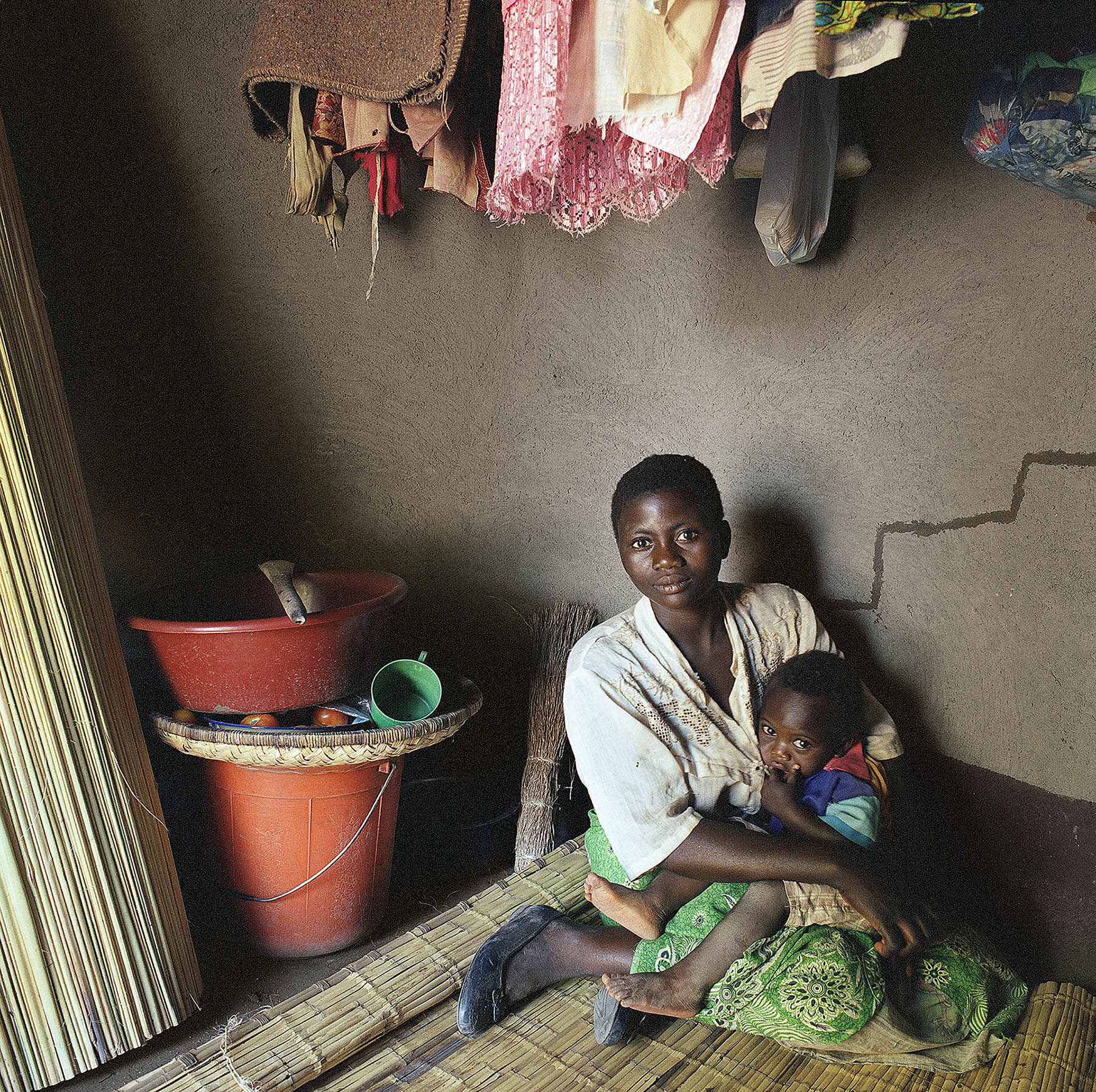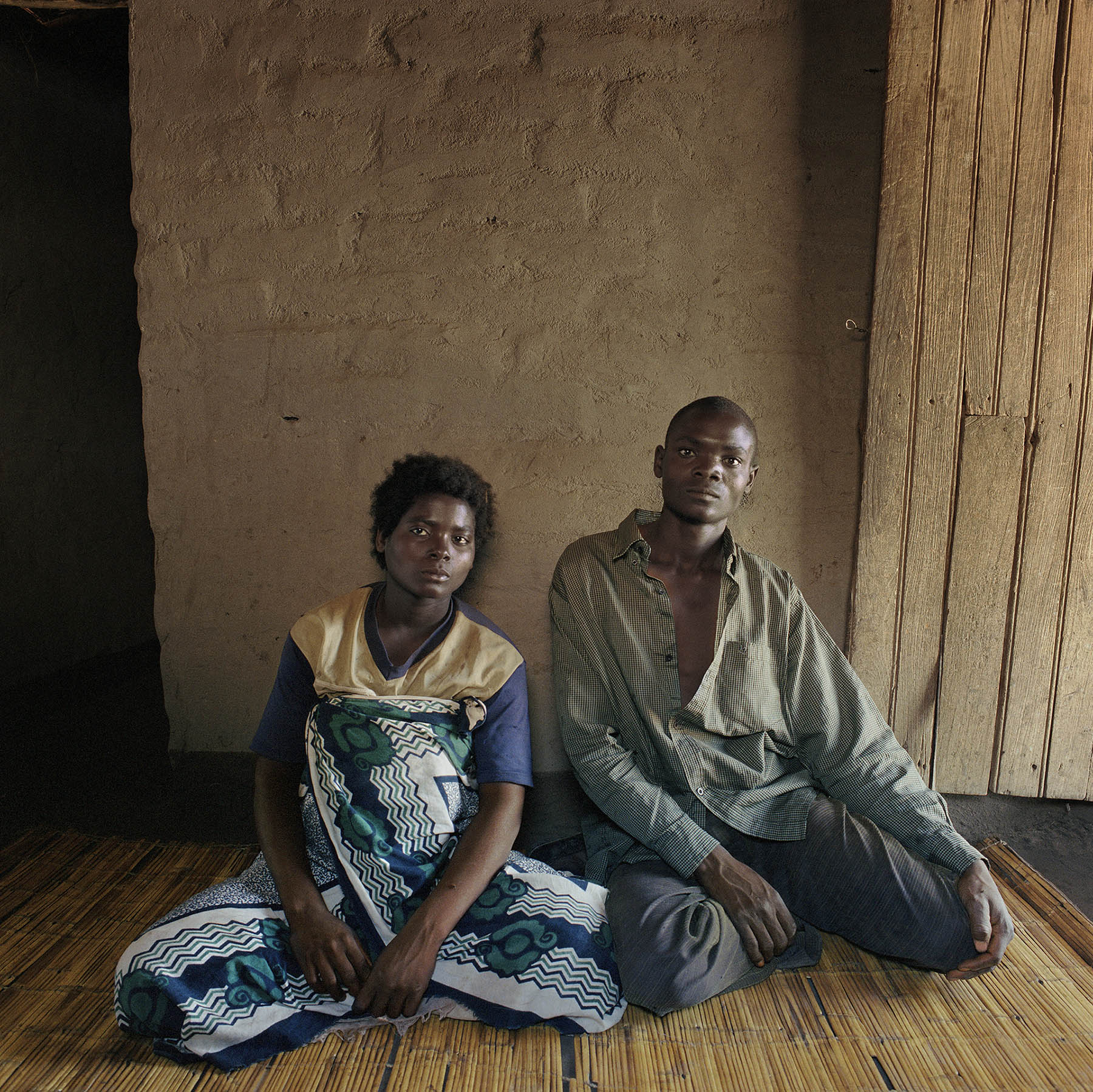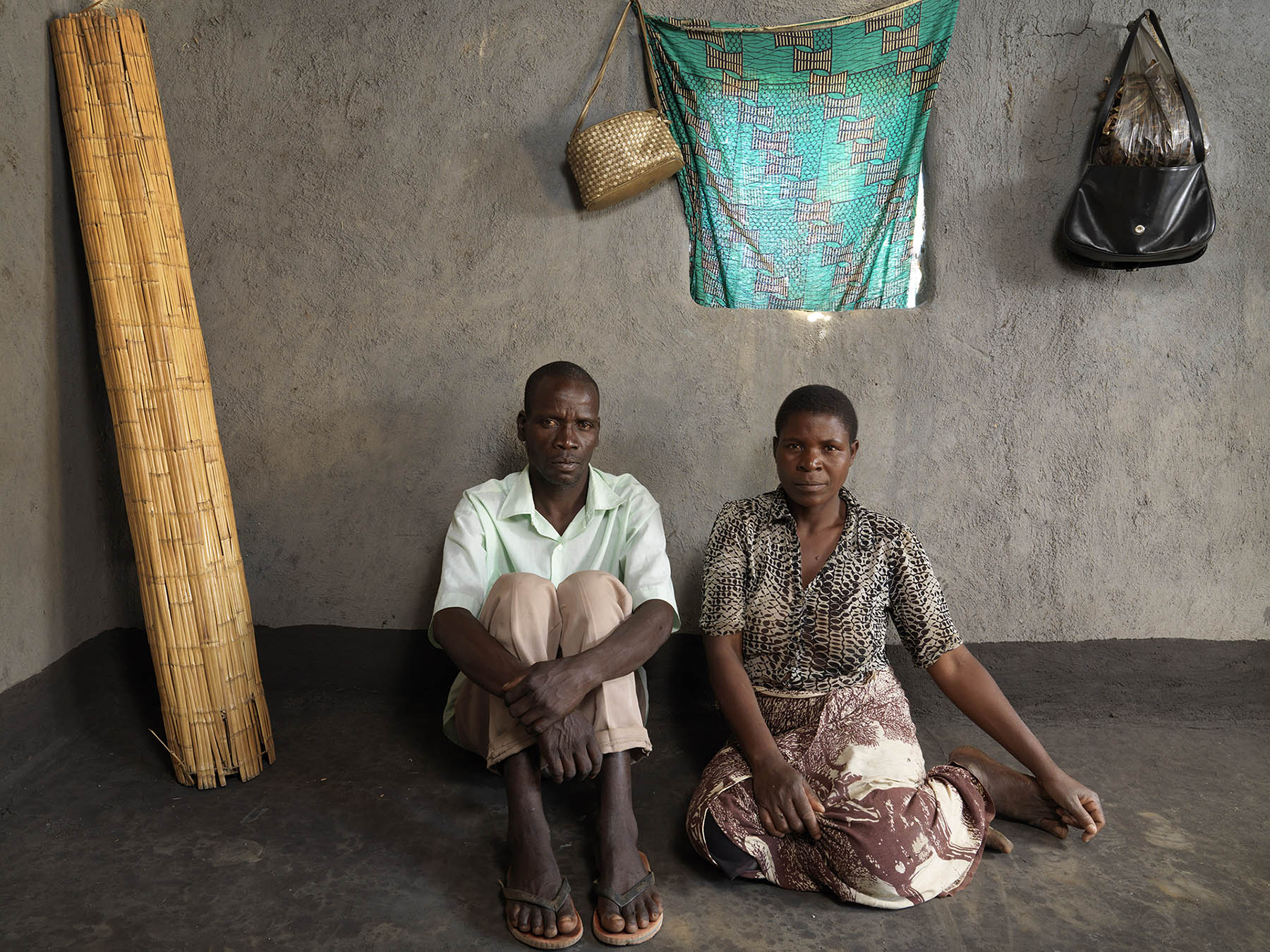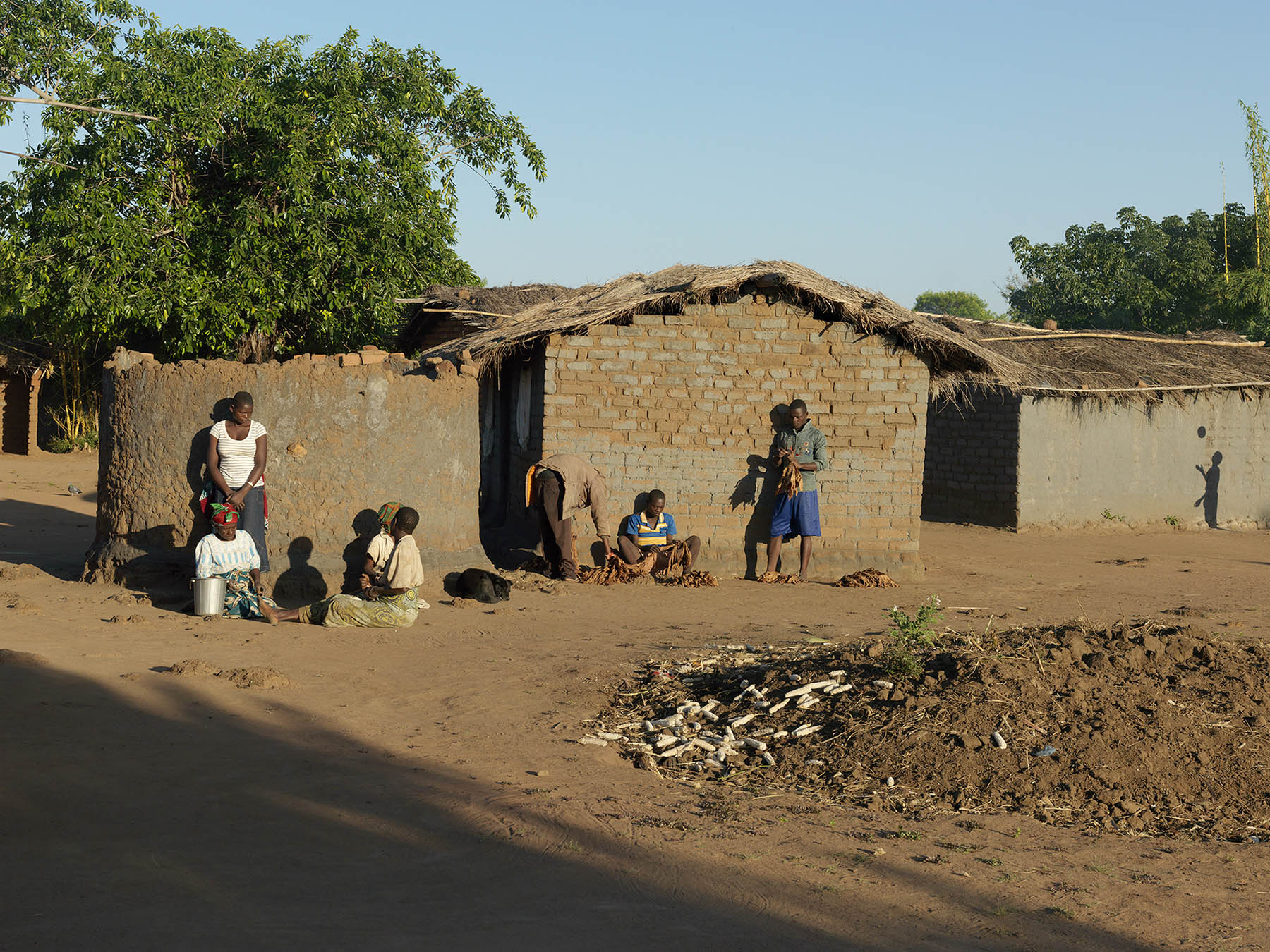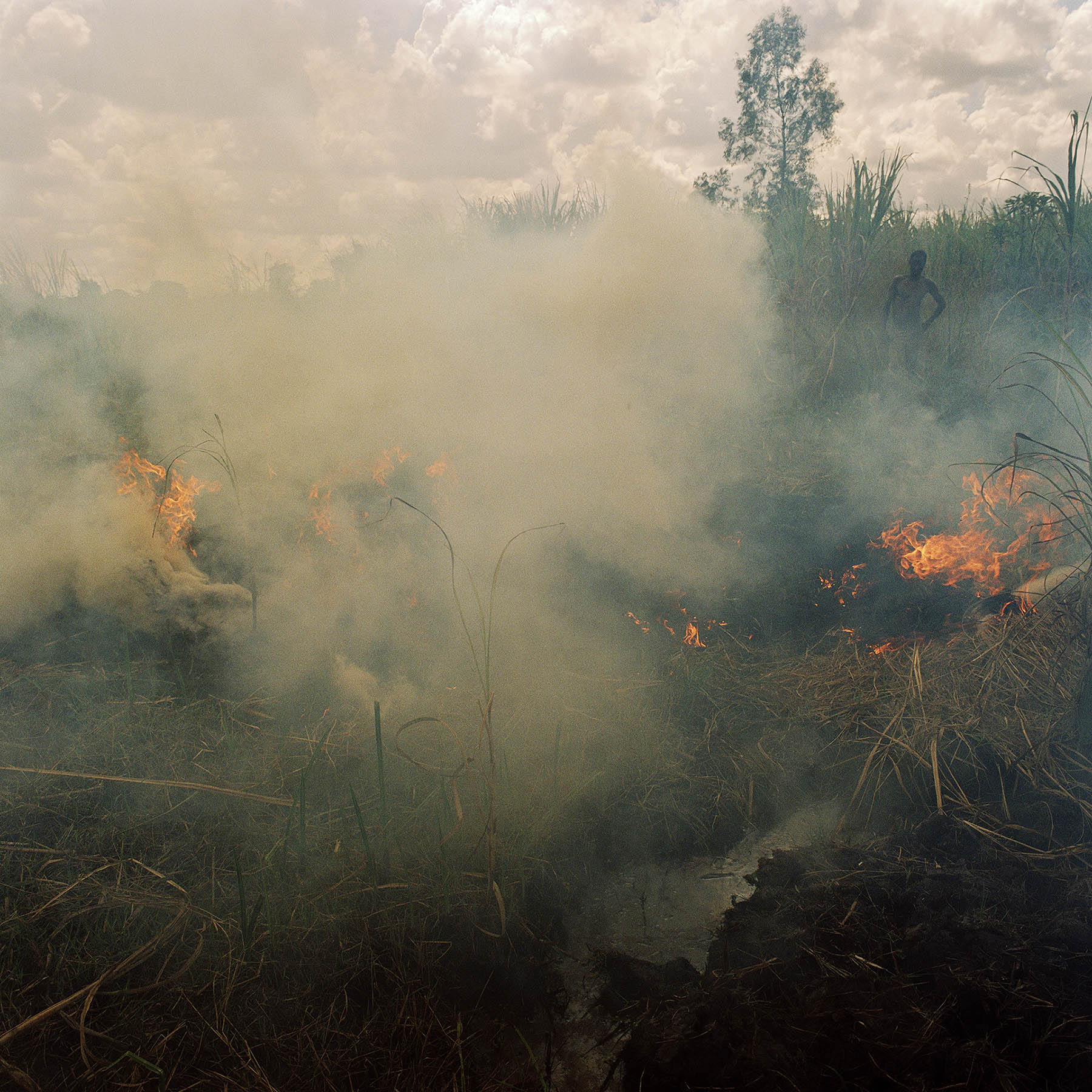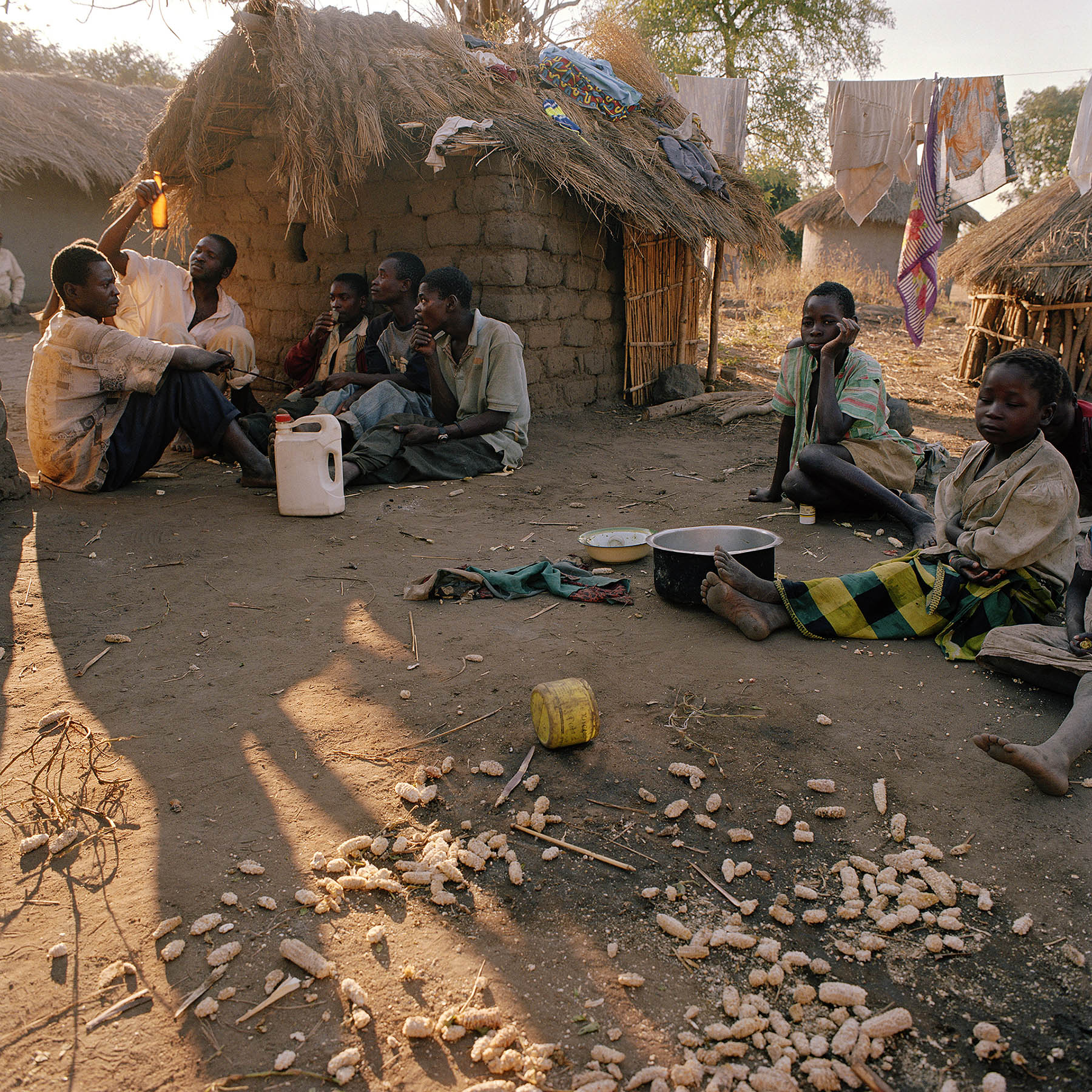Famine
There was a famine in the village at that time. The corn harvest, which was to provide eighty percent of the annual food, had failed due to lack of rain. Daily life showed the essence of everyday poverty: lack of choice, no control over your own existence. Villagers did not have the option to cultivate their own land, so that the following year they would, in any case, have something to eat. Hunger forced them to hunt for food. Villagers with a sick baby could not go to the doctor for lack of money for medicines. A woman did not have the freedom to say ‘no’ to a man. His food supply, however small, would be her salvation.
Publication and aftermath
Publication of text and photographs in the weekend magazine of the leading Dutch newspaper “NRC Handelsblad” garnered a record number (for that newspaper) of 600 letters to the editor. The cover story under the headline “The Face of Poverty ‘ had touched its readers deeply. A spontaneous fundraiser among those readers raised nearly 80,000 euro. This money was used over a period of five years to support the village; in the form of corn, fertilizer and water pumps. During that period, Dick Wittenberg returned to the village eight times in total. A committee of readers was set up to make sure the money was spent in a meaningful manner.
Going back, ten years after: signs of hope
Look at Dickson now. For the last five years they have been supporting themselves. It’s still a typical village, still poor. But what a difference from a decade ago. Goats and chickens roam freely all over the village. Many of the mud huts have been replaced by brick houses. Children go to school and the sick to the doctor. Single women take care of themselves. Jan Banning and Dick Wittenberg return more than ten years later to Dickson. Just before the deadline of the Millennium Development Goals expires. Jan Banning will portray the same villagers in the same indoor locations again. Again surrounded by their possessions. One glance will be enough to see how much this village has changed. What has changed? What caused this change? What are the consequences? What is the perspective? Was this global lofty goal of halving poverty and hunger achieved? Why did progress in Africa lag so far behind? Dick Wittenberg will report about this from Dickson, the village where residents now have a choice, because they escaped extreme poverty.
Postscript: stylistics
At the time of publication, copies of ‘M’, portraits, and a group photo for each of the families also arrived as presents in Dickson. Generally, photographers apply the ‘fly on the wall’ principle: an apparently invisible person catches images of people, seemingly unconscious of his presence. When Banning returned to Dickson, he was confronted with the traces of his first visit: again photographing inside the houses, he came across copies of the M Magazine and of his own photos, polaroids (shot during his first stay) that had been stuck on walls etc. Not interfering meant, in this case, letting the signs of his earlier “interference” show. It made sense to accept this, as it seemed an interesting correspondence with the content of the story: the white men’s presence had influenced developments in the village.
Exhibition
48 photos, 60×60 cm, on dibond, unframed, with introduction and captions. Weight excl. crates: 170 kg.











